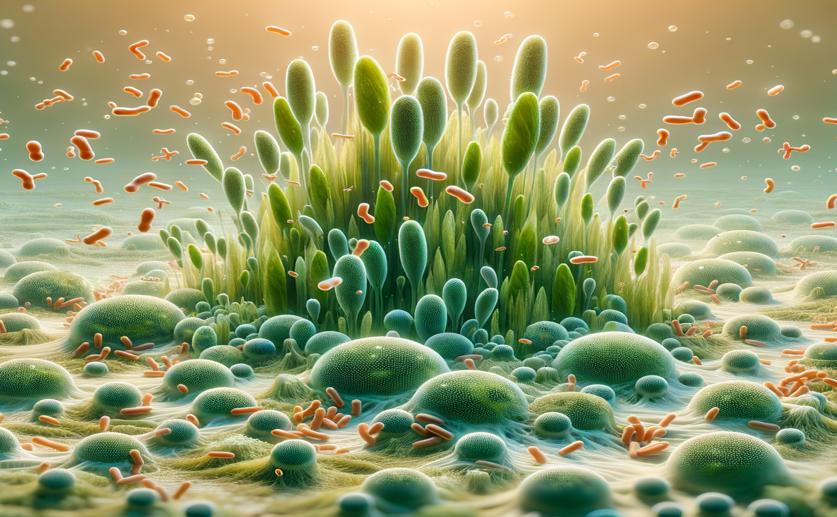
Boosting Algae Growth Using Yeast Co-cultivation
Jim Crocker
7th April, 2024

Image Source: Natural Science News, 2024
Key Findings
- Scientists at Osaka Metropolitan University boosted CO2 fixation in green algae by pairing it with yeast
- Algae co-cultured with yeast grew 1.5 times more than algae alone
- Yeast provides nitrogen and energy, enhancing algae's CO2 absorption efficiency
References
Main Study
1) Improvement of cell growth in green algae Chlamydomonas reinhardtii through co-cultivation with yeast Saccharomyces cerevisiae.
Published 5th April, 2024
https://doi.org/10.1007/s10529-024-03483-2
Related Studies
2) Kinetic characteristics and modeling of microalgae Chlorella vulgaris growth and CO2 biofixation considering the coupled effects of light intensity and dissolved inorganic carbon.
3) Biomass production potential of a wastewater alga Chlorella vulgaris ARC 1 under elevated levels of CO₂and temperature.
4) An overview of biological processes and their potential for CO2 capture.



 5th April, 2024 | Jim Crocker
5th April, 2024 | Jim Crocker